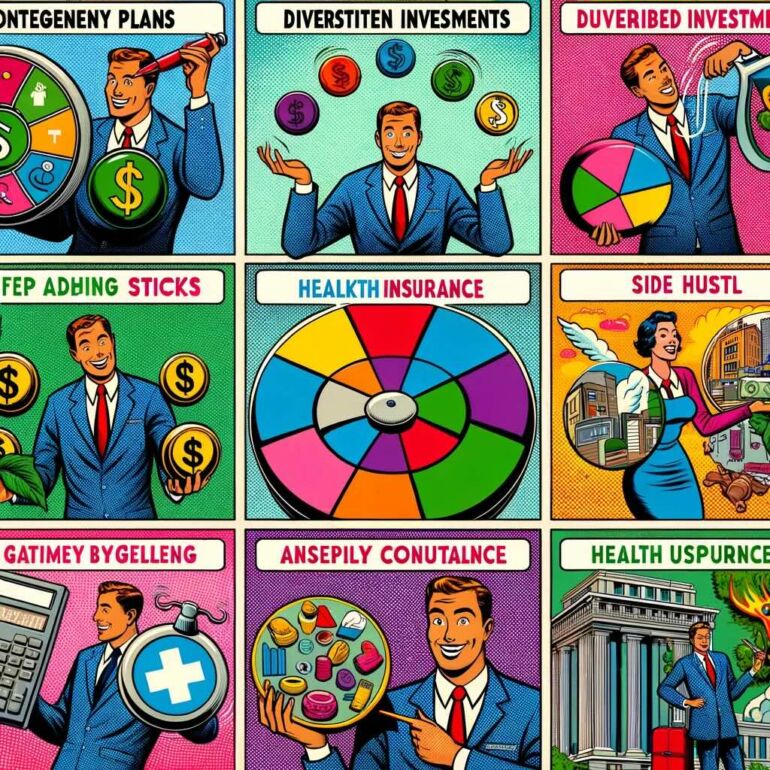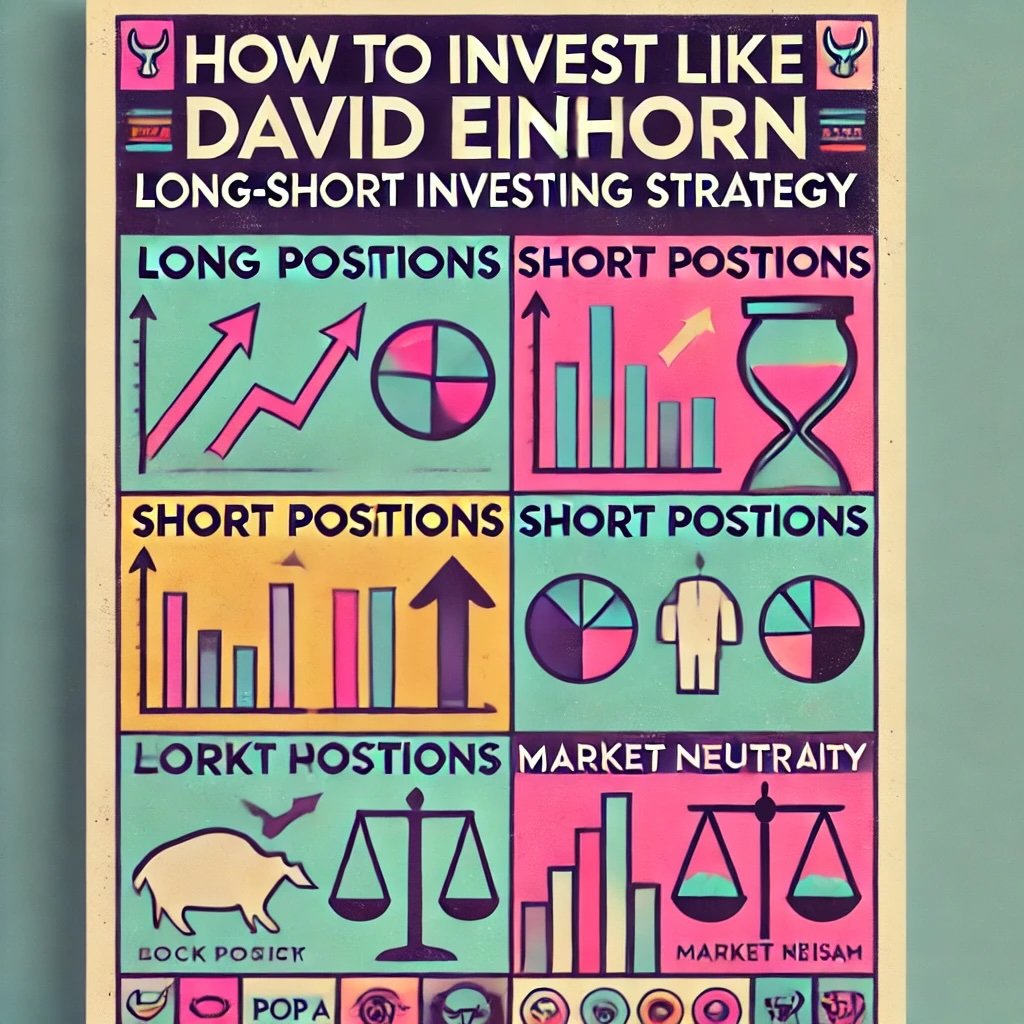Welcome to a world where financial freedom isn’t just a dream but a calculated and achievable goal. The Financial Independence, Retire Early (FIRE) movement, a lifestyle philosophy taking the world by storm, is redefining what it means to be successful. Beyond the glitz and glamour of material wealth, FIRE advocates for a life rich in time, freedom, and personal fulfillment. A life where the chains of financial obligation don’t dictate your every decision. But what does it mean to be financially independent and retire early? And more importantly, how can you start walking this path of financial enlightenment?

Financial Independence, Retire Early (FIRE) is a movement aimed at empowering individuals to take control of their financial destiny. It’s a pathway that leads to a life not governed by paychecks but instead, propelled by personal interests and passions. The fundamental principle is simple – save aggressively, invest wisely, and retire decades earlier than the traditional age. It sounds like a lofty goal, but an increasing number of people worldwide are embracing this movement, proving that it’s not just feasible but incredibly rewarding.
FIRE = Redefining Traditional Norms Of Retirement

The FIRE movement isn’t about retiring in the sense of never working again, but rather achieving a level of financial security that allows you to choose when, where, and how you work. For some, that might mean volunteering their time for causes close to their hearts. For others, it could mean starting that business they always dreamed of, or simply having the time to spend with family, pursue hobbies or travel the world. It’s about redefining the traditional norms of retirement and paving a new way towards financial freedom.
In this in-depth guide, we will demystify the principles of FIRE, share inspiring success stories, provide practical tips from those who’ve successfully embarked on this journey, and equip you with the tools to start your own. Whether you’re a finance guru or a novice just beginning to navigate the realm of personal finance, this article promises to be an enlightening expedition towards achieving financial independence and early retirement. So buckle up, grab a cup of your favorite beverage, and let’s embark on this exciting journey towards financial freedom!

Understanding FIRE Principles
If you’re ready to take the wheel and steer your life towards financial independence, there are some fundamental principles to comprehend. The cornerstone of the FIRE movement isn’t some guarded secret or complex financial algebra. Instead, it’s simple math, a disciplined mindset, and a clear understanding of your life’s goals and values.
Explanation of the FIRE Principles
The bedrock of FIRE is straightforward – maximize income, minimize expenses, and make your money work for you. It’s about striking a balance between the money you bring in, the money you save, and the money you invest. The endgame? To build up a nest egg large enough to support your living expenses without the need for continued employment. But it’s not just about hoarding wealth. FIRE is about achieving the freedom to spend your time as you please. It’s about saying ‘no’ to the 9-5 grind and ‘yes’ to a life of choice and abundance.
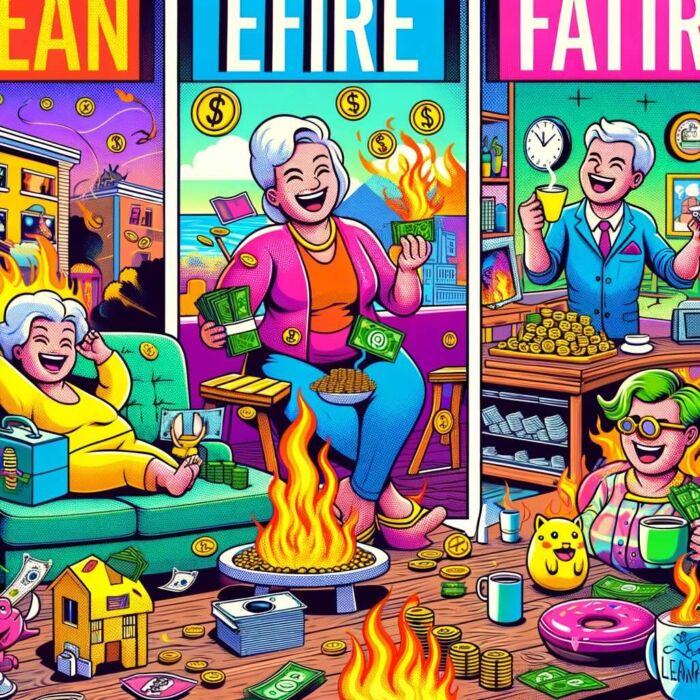
Different Types of FIRE (LeanFIRE, FatFIRE, BaristaFIRE, etc.)
Like many movements, FIRE is not a one-size-fits-all philosophy. It has evolved into several branches, each reflecting differing lifestyles, financial goals, and personal choices.
LeanFIRE is for those who can live comfortably on a lower budget. They aim to minimize their living expenses to the bare essentials, adopting a minimalist lifestyle to reach financial independence quicker.
On the flip side, we have FatFIRE. Those who follow this path aim to maintain a more luxurious lifestyle during their retirement. They’re willing to work longer or earn a higher income to achieve a retirement budget that goes beyond the basics.
BaristaFIRE is another interesting offshoot. It’s for individuals who have saved enough to retire early but continue to work part-time (like a barista, hence the name) to cover living expenses without touching their investment returns. This strategy provides a safety net and allows for more spending flexibility.

The Power of Compound Interest and Savings Rate
If there’s a magic wand in the world of FIRE, it’s compound interest – the snowball effect that happens when your earnings generate even more earnings. It’s the secret ingredient that can transform a small pile of savings into a mountain of wealth over time.
In simple terms, compound interest is earning interest on your interest. The longer your money is invested, the more time it has to grow. It’s like planting a tree; the earlier you plant it, the more time it has to grow and bear fruit. It’s for this reason that starting early on your FIRE journey can make a tremendous difference.
As for the savings rate, it’s the proportion of your income that you’re saving and investing. A higher savings rate could mean reaching financial independence faster. But it’s not about penny-pinching to the point of misery. It’s about finding a balance that allows you to save a substantial portion of your income without sacrificing your happiness and wellbeing.
Remember, FIRE is not a race; it’s a marathon. The journey will require patience, discipline, and resilience. But the destination, a life of financial independence and freedom, is worth every sacrifice. So, are you ready to fuel your FIRE journey?
source: According to Nicole on YouTube
Success Stories: Case Studies of FIRE Achievers
The journey towards FIRE may seem overwhelming or even unattainable, but countless individuals have successfully navigated this path, proving that with the right strategy and mindset, it’s more than just a pipe dream. Let’s delve into a few success stories that will inspire and provide insight into achieving financial independence.
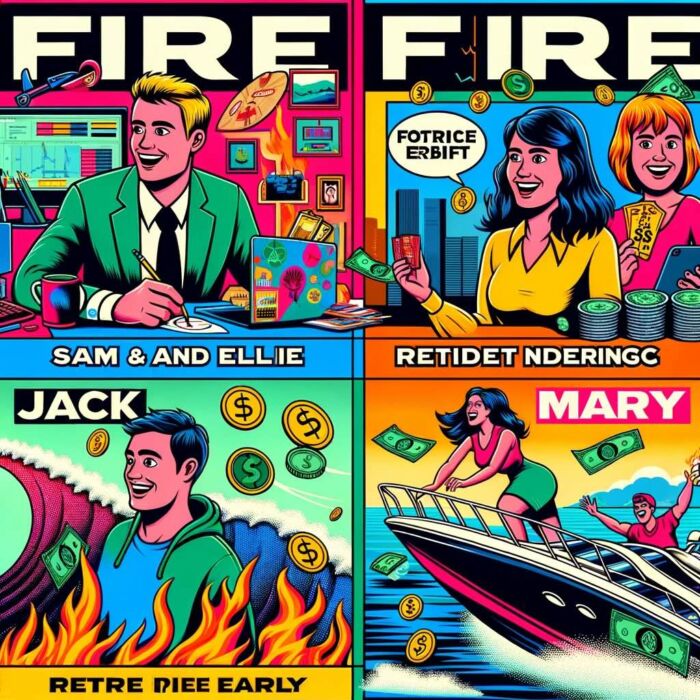
Profile of a Few Successful FIRE Pursuers
- Sam and Ellie: They were both in their mid-30s, working in tech, earning handsome salaries but feeling the pinch of the 9-to-5 grind. They decided to strive for FIRE when they realized they wanted more time for their growing family and personal interests. After seven years of strategic investing, frugal living, and freelance work, they reached their FIRE goal.
- Jack: A single man in his late 20s who discovered the FIRE movement during a time when he was drowning in student loan debt. Through side gigs, aggressive saving, and investing, Jack achieved his leanFIRE goal within ten years.
- Mary: A high-earning executive who loved her job but desired the financial security to choose her projects. Mary pursued fatFIRE, using her high income to build a sizable portfolio that would support her preferred lifestyle upon retirement. It took her 15 years to hit her FIRE number.
Breakdown of Their Strategies and Timelines
- Sam and Ellie aimed for a moderate FIRE lifestyle. They drastically reduced their living expenses by downsizing their home, cooking meals at home, and opting for used cars. They invested heavily in index funds, real estate, and started a side business to supplement their income. Their journey to financial independence took seven years.
- Jack, burdened by student debt, decided to embark on a leanFIRE path. He took on multiple side jobs, adopted a minimalist lifestyle, and focused on paying down his debt aggressively. Once his debt was cleared, he directed his income towards savings and investments. Jack reached his FIRE goal in ten years.
- Mary, a high earner, pursued fatFIRE. She maximized her 401(k) contributions, diversified her investment portfolio, and focused on building passive income streams. She made some lifestyle adjustments but maintained a higher standard of living. Her road to financial independence took 15 years, but she was able to retire maintaining the lifestyle she loved.
Challenges Faced and How They Were Overcome
Each FIRE journey had its challenges. Sam and Ellie found it hard initially to adjust to a frugal lifestyle and had to overcome the fear of investing. They slowly adjusted their lifestyle and educated themselves about investments to overcome these challenges.
For Jack, the heavy student loan debt was a major hurdle. But he stayed consistent with his payment plan, kept his expenses low, and slowly but surely, overcame this obstacle.
Mary’s challenge was the temptation to maintain a luxurious lifestyle given her high income. She overcame this by setting clear financial goals and reminding herself of the freedom that financial independence would bring.
Each of these stories illustrates that the path to FIRE, while not always smooth, is navigable. It requires a good plan, discipline, and patience. But, as these successful FIRE pursuers have shown, the prize at the end of the journey is worth the effort.
source: Canadian Real Estate Channel on YouTube
Tips and Strategies to Achieve FIRE
Embarking on a journey towards financial independence and early retirement can seem like charting a course through unexplored terrain. However, by breaking it down into manageable steps and adopting strategic measures, you can turn this monumental task into a thrilling adventure. Let’s dive deeper into some essential strategies that can help you navigate your way to FIRE successfully.
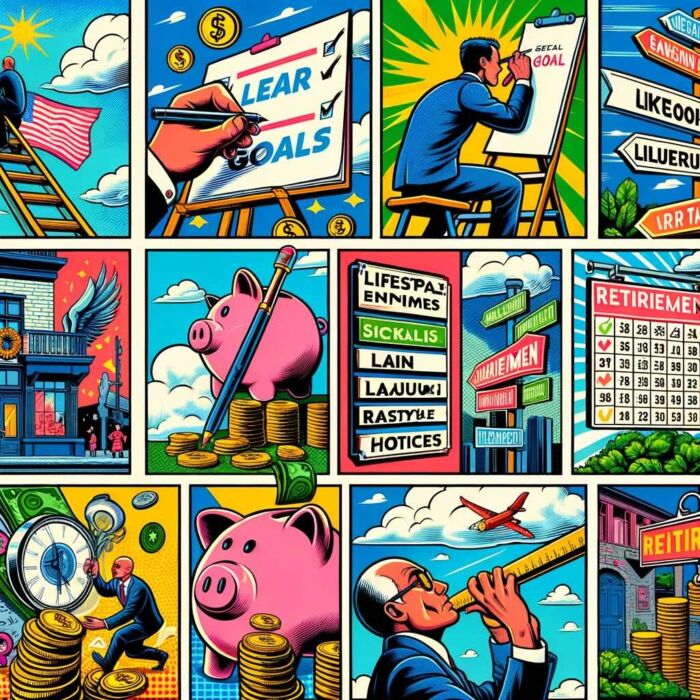
Importance of Setting Clear Financial Goals
The roadmap to financial independence starts with clearly defined goals. These goals are unique to you and depend on your lifestyle choices, income level, and aspirations. Are you looking for a lean retirement where you can live comfortably but frugally, or do you envision a more lavish lifestyle? How many years from now do you plan to retire? What kind of annual income will you need in retirement to support your lifestyle?
Answering these questions can help you establish a target or a ‘FIRE number’ – the amount of money you need to have saved and invested to support your retirement. Remember, these goals should be SMART – Specific, Measurable, Achievable, Relevant, and Time-bound. Having a well-defined goal can help you stay motivated and provide a clear path to follow.
Developing a High Savings Rate
The engine that propels your journey to FIRE is your savings rate. This refers to the percentage of your income that you save and invest. The higher your savings rate, the quicker you can reach your FIRE goals. The trick is to find a sustainable balance where you can maximize your savings without diminishing your quality of life. This might mean cutting back on some luxuries or finding creative ways to stretch your dollar further.
Importance of Investing: Types of Investments
While saving is vital, your money needs to work for you if you want to achieve FIRE. This is where investing comes into play. By investing your savings, you take advantage of the power of compound interest, or earning interest on your interest, which accelerates the growth of your wealth.
There are various investment avenues to consider. Low-cost index funds are a favorite in the FIRE community due to their simplicity and long-term returns. Bonds, while generally providing lower returns, offer stability and can balance riskier investments. Real estate can be a lucrative venture, providing both rental income and capital appreciation. The key is diversification, spreading your investments across different asset classes to balance risk and returns.

Expense Reduction Strategies
When it comes to achieving FIRE, controlling expenses is just as crucial as increasing income. Lower expenses mean more money to save and invest. There are many ways to reduce your expenses without feeling deprived. You could downsize your home or choose to live in a less expensive city. Cooking at home instead of eating out, buying second-hand items, using public transportation, or cycling instead of owning a car, are all strategies that can contribute significantly to reducing your expenses.
Increasing Income – Side Hustles, Freelancing, Etc.
While cutting costs and saving diligently can certainly fuel your journey towards FIRE, boosting your income can turbocharge it. There are various ways to increase your income. You could negotiate a raise or switch to a higher paying job. Starting a side hustle or freelancing can not only bring in extra cash but also provide a creative outlet. Renting out a room in your house or investing in a rental property can create an additional income stream. The possibilities are endless; it just requires a bit of creativity and initiative.
Balancing Life Enjoyment and Extreme Frugality
One common misconception about the FIRE movement is that it advocates extreme frugality at the expense of present enjoyment. While careful spending and saving are crucial, it’s equally important to enjoy life along the way. This might mean setting aside a portion of your budget for travel, hobbies, or other activities that bring you joy. The goal is not just to retire early, but to enjoy the journey towards it.
Building and Maintaining an Emergency Fund
Life is full of surprises, some of which may come with a price tag. This is where an emergency fund comes in. This is a stash of money set aside to cover financial surprises, like an unexpected medical bill, major car repair, or sudden job loss. As a general rule of thumb, aim to save enough to cover three to six months’ worth of living expenses.
Your emergency fund should be easily accessible and not subject to market risks, which makes a high-yield savings account an ideal place to park this fund. Having this financial safety net can provide peace of mind and allow you to take calculated investment risks on your journey to FIRE.
With these strategies in hand, the path to financial independence and early retirement becomes less daunting. It’s a journey that requires careful planning, discipline, and a long-term mindset. But with every step taken, you’re not just moving closer to FIRE, you’re also gaining more control over your financial destiny. So, gear up and set out on your journey towards a financially secure and fulfilling life.
source: Next Level Life on YouTube
Understanding Risks and Challenges
Pursuing the FIRE movement can be as exhilarating as setting out on a grand expedition. But like any journey, it is not without its pitfalls. The key to successfully navigating this path is understanding the potential risks and challenges you may encounter along the way, and learning how to effectively mitigate these.

The Potential Risks Associated with the FIRE Movement
- Market Volatility: Relying heavily on investments to fund an early retirement makes you vulnerable to the ups and downs of the market. A significant market downturn could impact your investment portfolio and disrupt your FIRE timeline or retirement lifestyle.
- Lifestyle Inflation: The risk of lifestyle inflation, where you increase your standard of living as your income increases, can slow your progress towards FIRE. It’s tempting to indulge in a more lavish lifestyle when you’re earning more, but this can delay your early retirement aspirations.
- Unexpected Expenses: Life has a knack for throwing curveballs. Unforeseen expenses such as a major health issue, home repairs, or supporting a family member in need, can derail your FIRE journey.
- Longevity Risk: Living longer than anticipated is a risk when retiring early. You might outlive your savings, particularly if your healthcare costs rise in later years or inflation erodes your purchasing power.
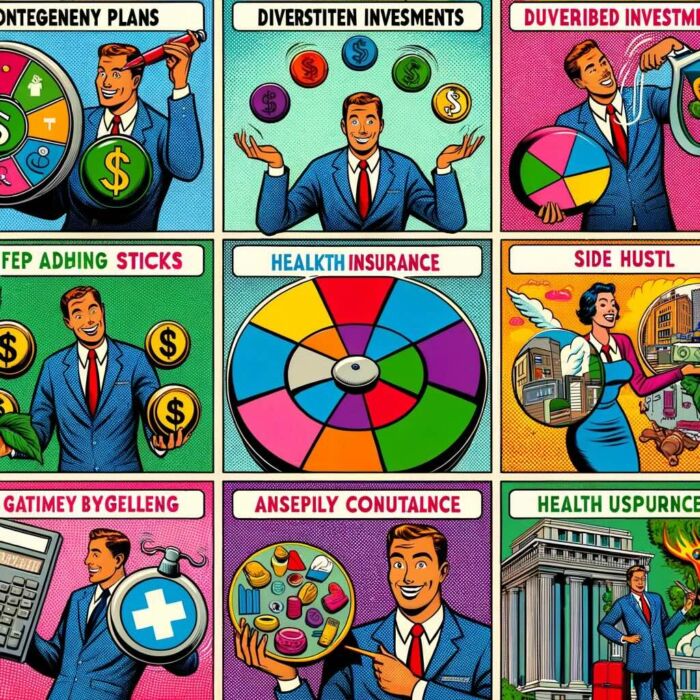
Contingency Plans for Unexpected Life Events or Market Downturns
Having a contingency plan in place can help you navigate unexpected life events or market downturns. Here are a few strategies:
- Diversified Investments: A well-diversified portfolio can shield you from significant market downturns. Consider a mix of stocks, bonds, real estate, and other investment types to spread the risk.
- Flexible Spending: Develop a flexible spending plan for your retirement years. This could mean cutting back on non-essential expenses during a market downturn.
- Health Insurance: Ensure you have sufficient health insurance coverage to protect against unforeseen medical expenses.
- Side Hustles: Having a side job or a part-time gig can provide an additional income source if needed, especially during rough financial patches.
Mitigating These Risks
Mitigating the risks associated with FIRE involves thoughtful planning, disciplined execution, and regular adjustments. Here’s how:
- Regular Portfolio Review: Regularly review your investment portfolio to ensure it’s aligned with your financial goals and risk tolerance. As you near your FIRE date, you might want to shift towards more conservative investments to preserve your capital.
- Keep Lifestyle Inflation in Check: As your income increases, avoid the temptation to significantly upgrade your lifestyle. Instead, funnel these extra earnings into your savings and investments.
- Emergency Fund: An emergency fund is your financial buffer. It should cover 3-6 months of living expenses, and it can protect you from unexpected costs or income loss.
- Plan for Longevity: Consider that you might live longer than the average life expectancy when planning your retirement savings. Also, factor in potential increases in healthcare costs and the impact of inflation.
The road to FIRE, like any worthwhile journey, is fraught with potential risks and challenges. However, by understanding these and implementing strategies to mitigate them, you can confidently pursue your financial independence and early retirement goals. And remember, it’s not just about the destination, but also the journey. Each challenge overcome is a step towards becoming financially savvy and resilient. Enjoy the journey to FIRE, and celebrate each victory along the way.
source: Rob Berger on YouTube
Tools and Resources for FIRE Pursuers
Navigating the path to financial independence and early retirement might feel akin to tackling a long hiking trail. Fortunately, just as a seasoned hiker packs essential tools and resources for their journey, a variety of useful tools and resources can help smooth your path towards FIRE. From financial tracking tools to educational resources and supportive communities, there’s plenty to assist you on this exciting journey.
Breakdown of Useful Financial Tools
- Budgeting Apps: Budgeting is crucial on the path to FIRE, and budgeting apps like Mint, YNAB (You Need a Budget), and PocketGuard can help keep your spending in check. These tools connect to your financial accounts, track your spending, and help you allocate funds to different categories.
- Investment Trackers: Personal Capital, a wealth management tool, helps you track your investments and assess your portfolio performance. It provides a holistic view of your finances, allowing you to see where you’re on track and where adjustments might be needed.
- FIRE Calculators: Tools like the FIRECalc and the Mr. Money Mustache’s Simple Math Behind Early Retirement calculator can be instrumental. These calculators take your savings, spending, and investing data to predict how likely you are to successfully achieve FIRE.
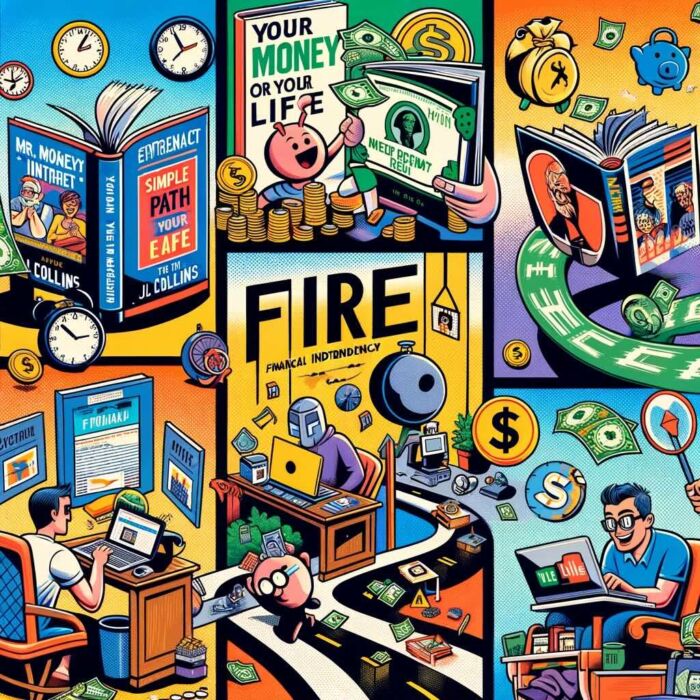
Recommended Books and Blogs for Learning About FIRE
- Books: “Your Money or Your Life” by Vicki Robin and Joe Dominguez is considered the bible of the FIRE movement. “The Simple Path to Wealth” by JL Collins provides a straightforward guide to investing. “Early Retirement Extreme” by Jacob Lund Fisker gives an in-depth look into achieving FIRE through extreme frugality.
- Blogs: Websites like Mr. Money Mustache, Financial Samurai, Mad Fientist, and The Frugalwoods offer a wealth of information, personal stories, and tips about pursuing FIRE. These resources can provide valuable insights and serve as a regular source of inspiration and motivation.
Online Communities and Support Groups for FIRE Pursuers
- Reddit Communities: Forums such as r/financialindependence and r/FIREyFemmes host vibrant discussions on all aspects of FIRE. From success stories to advice on overcoming challenges, these communities are a wealth of shared knowledge and support.
- Facebook Groups: Groups like ChooseFI, FIRE Movement, and LeanFIRE are places where individuals at different stages of their FIRE journey come together to share tips, ask questions, and celebrate milestones.
- Local Meetups: Websites like Meetup.com often host local FIRE gatherings where you can meet like-minded people in person, share strategies, and learn from those on the same path.
Pursuing FIRE doesn’t mean walking the path alone. With an abundance of tools and resources at your disposal, you’re part of a community of intrepid financial adventurers. By leveraging these assets, you can glean valuable insights, stay motivated, and most importantly, keep your FIRE journey enjoyable and rewarding. As with any ambitious expedition, the right equipment, a trusty map, and the camaraderie of fellow travelers can make the voyage not just more manageable, but also a whole lot of fun.
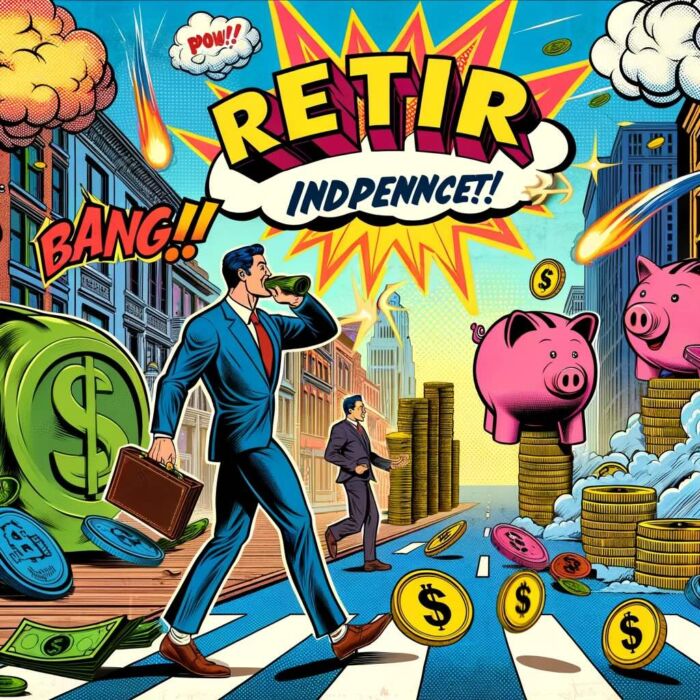
How to Achieve Financial Independence (FIRE): 12-Question FAQ
What is FIRE, really?
FIRE means saving and investing enough that work becomes optional. It’s less “never work again” and more freedom of choice about when/where/how you work.
How do I calculate my “FIRE number”?
Estimate your annual spending in retirement and multiply by 25 (assumes a ~4% initial withdrawal rate). Example: $40,000 x 25 = $1,000,000.
What savings rate should I target?
There’s no single rule, but many FIRE pursuers aim for 40–70% of take-home pay. Higher savings rates compress the timeline dramatically.
Which version of FIRE fits me (Lean, Barista, Fat)?
LeanFIRE: lower-cost lifestyle, faster timeline.
BaristaFIRE: part-time work covers some expenses, lowers portfolio needs.
FatFIRE: higher spending target, more cushion and comfort.
What’s the core investment approach?
Keep it simple: low-cost, diversified index funds (often global stock + bonds) or a three-fund portfolio, rebalanced periodically. Add real estate if it fits your skillset/market.
How do I pick an asset allocation?
Match allocation to risk capacity and timeline. Many aim for equity-heavy while accumulating, then add bonds/cash near and after FI to reduce volatility.
What withdrawal rate should I plan for?
A classic starting point is ~4% of the initial portfolio value, adjusted for inflation. Consider 3–3.5% for more safety, or variable rules (e.g., guardrails) to adapt to markets.
How do I protect against sequence-of-returns risk?
Hold a cash/bond buffer (2–3 years of expenses), stay diversified, use flexible spending (trim in bad years), and consider part-time income early in retirement.
How can I optimize taxes on the path to FIRE?
Max tax-advantaged accounts (401(k)/IRA/HSA), use Roth conversions in low-income years, harvest tax losses in taxable accounts, and place assets tax-efficiently.
What expenses should I attack first?
Focus on big three: housing, transportation, food. Then kill high-interest debt, negotiate recurring bills, and automate savings so your default is to invest.
What’s a realistic emergency fund?
Target 3–6 months of core expenses (more if self-employed or a single income). Keep it liquid (high-yield savings), separate from investments.
What are common mistakes to avoid?
Lifestyle creep, chasing hot picks, ignoring fees/taxes, underinsuring health/disability, no contingency plan, and quitting too early without testing the budget.
Conclusion: Key Steps Towards Achieving FIRE
A journey of a thousand miles begins with a single step, and the voyage to Financial Independence, Retire Early (FIRE) is no different. It might seem like a formidable mountain to climb at first, but armed with the right strategies, tools, and mindset, this ambitious goal becomes a thrilling adventure, each step bringing you closer to a life of freedom and fulfillment.
We’ve walked together through the landscape of FIRE, exploring its principles, the different paths to achieve it, and how to navigate the challenges that might arise along the way. We’ve delved into strategies to bolster savings, smart investment techniques, the art of balancing frugality with enjoyment, and the importance of having a contingency plan. Moreover, we’ve highlighted the value of community support and the utility of tools that can guide you towards your financial goals.
As we arrive at the end of this guide, it’s time for you to begin your journey towards FIRE. The path may seem long and the terrain unfamiliar, but remember that every great journey starts with a single step. Don’t be daunted by the distance, but instead, take that first step, no matter how small. Every dollar saved, every investment made, every expense trimmed is a step towards your financial independence.

FIRE = Freedom To Live Life On Your Own Terms
Starting your journey to FIRE is not just about the financial freedom it brings, but also the empowering realization that you are in control of your financial destiny. It’s about discovering that the good life is not just about how much you earn, but how wisely you manage your earnings. It’s about the freedom to live life on your own terms and the joy of crafting a lifestyle that reflects your values, ambitions, and dreams.
So, take that first step today. Start by setting your financial goals. Create a budget and stick to it. Learn about investing and put your money to work. Surround yourself with a community of FIRE enthusiasts who will cheer you on and help you navigate the journey. Utilize the numerous tools and resources at your disposal to stay informed, inspired, and on track.
The path to financial independence and early retirement is a journey worth embarking on. It might be challenging, but it’s equally rewarding. Remember, it’s not just about reaching the destination but also about savoring the journey. Embrace the adventure, the learning, the growth, and the freedom that comes with it. Your journey to FIRE starts now. Happy trails to you, intrepid financial explorer!
Important Information
Comprehensive Investment Disclaimer:
All content provided on this website (including but not limited to portfolio ideas, fund analyses, investment strategies, commentary on market conditions, and discussions regarding leverage) is strictly for educational, informational, and illustrative purposes only. The information does not constitute financial, investment, tax, accounting, or legal advice. Opinions, strategies, and ideas presented herein represent personal perspectives, are based on independent research and publicly available information, and do not necessarily reflect the views or official positions of any third-party organizations, institutions, or affiliates.
Investing in financial markets inherently carries substantial risks, including but not limited to market volatility, economic uncertainties, geopolitical developments, and liquidity risks. You must be fully aware that there is always the potential for partial or total loss of your principal investment. Additionally, the use of leverage or leveraged financial products significantly increases risk exposure by amplifying both potential gains and potential losses, and thus is not appropriate or advisable for all investors. Using leverage may result in losing more than your initial invested capital, incurring margin calls, experiencing substantial interest costs, or suffering severe financial distress.
Past performance indicators, including historical data, backtesting results, and hypothetical scenarios, should never be viewed as guarantees or reliable predictions of future performance. Any examples provided are purely hypothetical and intended only for illustration purposes. Performance benchmarks, such as market indexes mentioned on this site, are theoretical and are not directly investable. While diligent efforts are made to provide accurate and current information, “Picture Perfect Portfolios” does not warrant, represent, or guarantee the accuracy, completeness, or timeliness of any information provided. Errors, inaccuracies, or outdated information may exist.
Users of this website are strongly encouraged to independently verify all information, conduct comprehensive research and due diligence, and engage with qualified financial, investment, tax, or legal professionals before making any investment or financial decisions. The responsibility for making informed investment decisions rests entirely with the individual. “Picture Perfect Portfolios” explicitly disclaims all liability for any direct, indirect, incidental, special, consequential, or other losses or damages incurred, financial or otherwise, arising out of reliance upon, or use of, any content or information presented on this website.
By accessing, reading, and utilizing the content on this website, you expressly acknowledge, understand, accept, and agree to abide by these terms and conditions. Please consult the full and detailed disclaimer available elsewhere on this website for further clarification and additional important disclosures. Read the complete disclaimer here.

